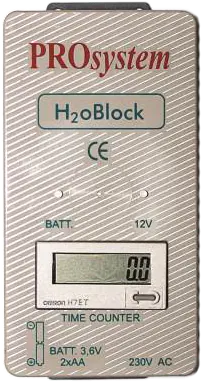What is capillary damp?

What is capillary damp and how can you recognize it?
- Capillary damp is moisture from the soil that spreads through micro-cracks (capillaries) of the building. By entering the cracks, it also brings salts, which further damage the building and accelerate its degradation.
- You can recognize the appearance of capillary damp by peeling plaster, unpleasant odors and damp spots caused by water evaporation and salt action. The spots are usually darker in color, and you will notice them at a height of up to 2 m.
Where capillary damp occurs most often
Rising damp is most common in older buildings built at a time when builders were not aware of waterproof materials such as bitumen and the like. Also, old buildings are often built without foundations, directly on the ground. Examples of such buildings are houses, cathedrals, palaces and other historical buildings.
Capillary damp can also appear in newer buildings, where waterproofing was installed during construction.

Do you want to prevent capillary damp?
Install PROsystem and save your building.

Frequently asked questions
Everything you need to know about capillary damp
Signs of capillary damp inside the building:
- Damp wall parts
- Flaking or blistering plaster
- Stale, musty smell
Signs of capillary damp outside the building:
- Rusting metal joints
- Appearance of salt and nitrates on the surface
- Brick and mortar crushing
- Damp patches rising from the ground
Capillary damp is always a serious problem, even if the damage is now minimal and negligible. Since the source of moisture is the soil itself, capillary damp will only worsen, and it is necessary to start repairing it as soon as possible.
Of course! Our PROsystem has been saving objects from capillary damp for years. Without construction work, noise and damage to the aesthetics of the space. You can find out more information and request an offer at device pages.
Capillary damp can cause serious consequences for your building and for you. Capillary damp can destroy plaster, bricks, walls made of various materials and encourage the development of black mold. This will increase the risk to your health if you stay in the facility and reduce its value and longevity. The property will also be more difficult to sell if capillary damp is an active problem.
